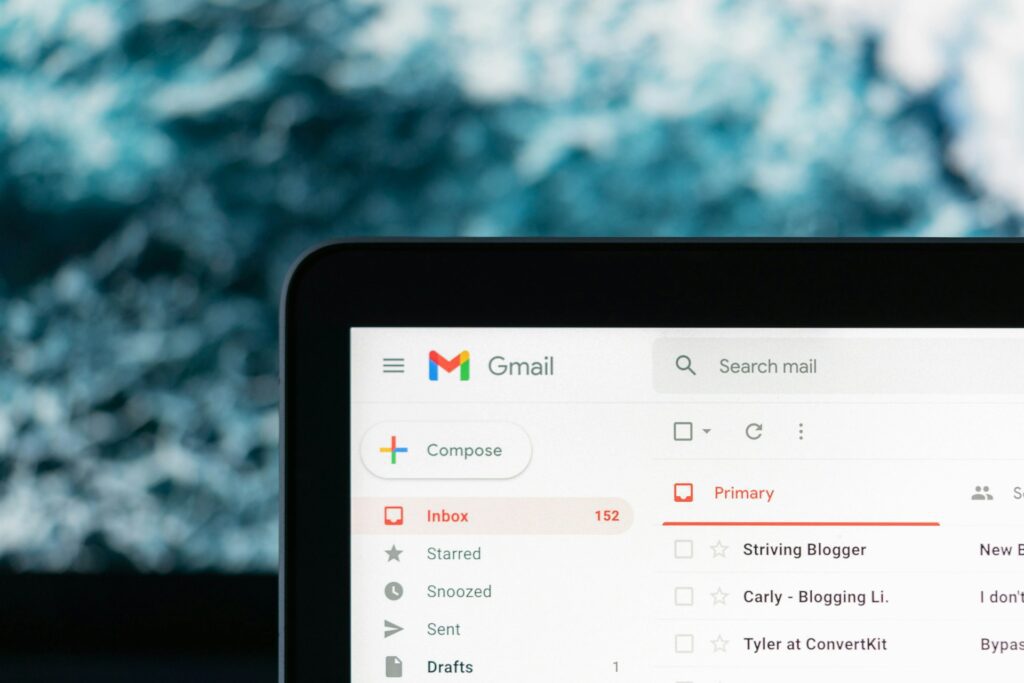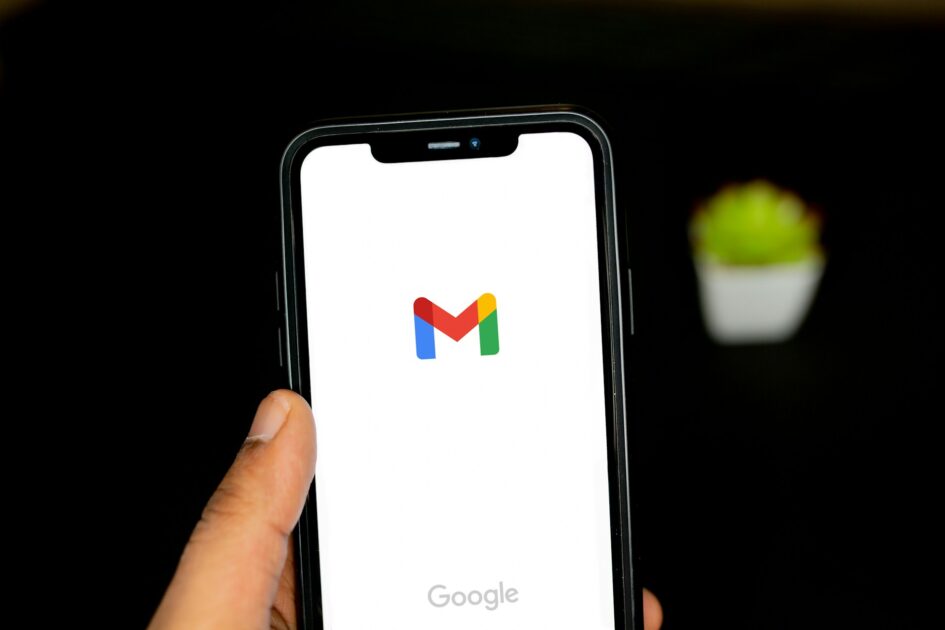Spam filters are no longer sufficient for our inboxes and we still receive unwanted emails.
From April, Google will introduce new rules that will stop unwanted emails from reaching our inbox.
While spam filters work well, they are still not good enough for phishing emails. Fraudsters are improving their methods and are able to impersonate legitimate senders, and mail recipients are exposed to serious losses.
Google initially wants to deal with senders who send mass marketing messages with promotional offers, advertisements, newsletters, etc. Gmail will delete all incoming emails before they reach our mailbox if they do not meet the requirements.

Photo by Justin Morgan on Unsplash
The quantitative threshold for determining a mass sender was set at 5,000 e-mails sent to personal Gmail inboxes within 24 hours. The limit applies to all messages sent from the same primary domain, and anyone who meets the criteria even once will be permanently considered a bulk sender by Google. However, the new policy will not apply to Google Workspace business accounts.
The main requirement for every incoming email will be to have SPF, DKIM and DMARC. SPF prevents spammers from sending unauthorized messages that appear to originate from the sender’s domain. DKIM verifies that the domain owner actually sent the message, and DMARC combines SPF and DKIM functions and introduces additional mechanisms.
From February 1, 2024, a set of guidelines applies to all senders sending emails to Gmail. These are domain requirements, so they should be implemented by administrators or service providers. In this case, Google requires, for example, a TLS connection for sending emails, SPF or DKIM authentication.
Featured Photo by Solen Feyissa on Unsplash

